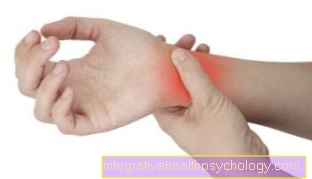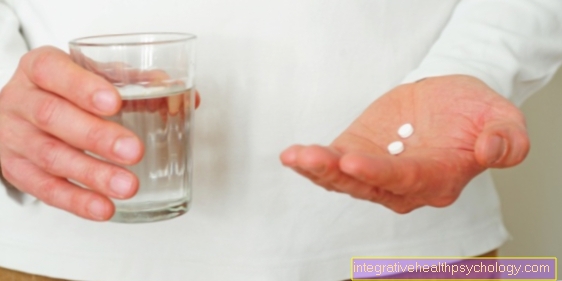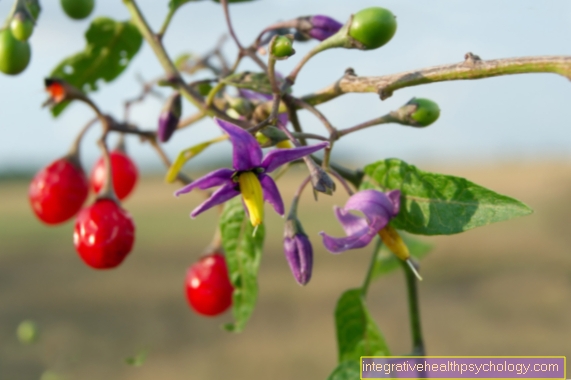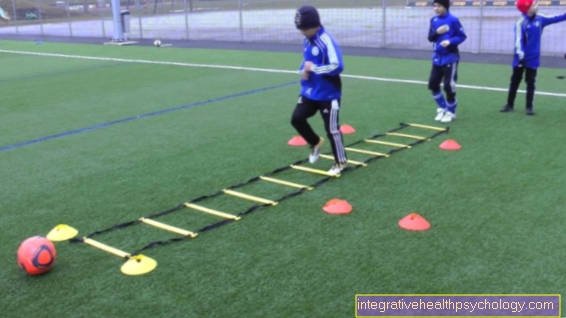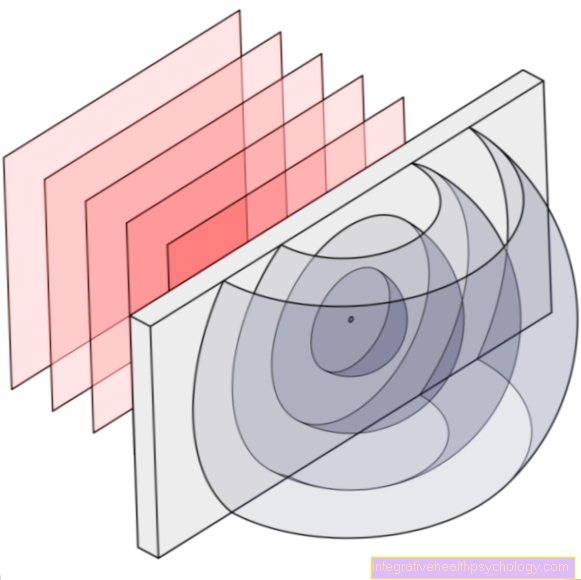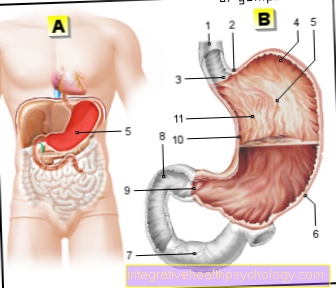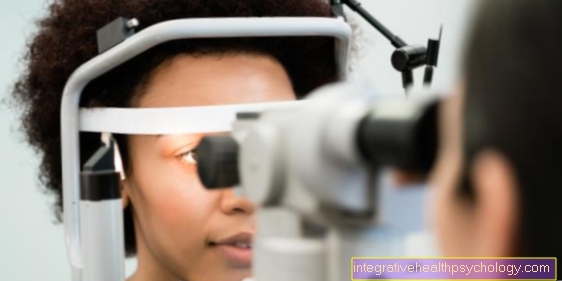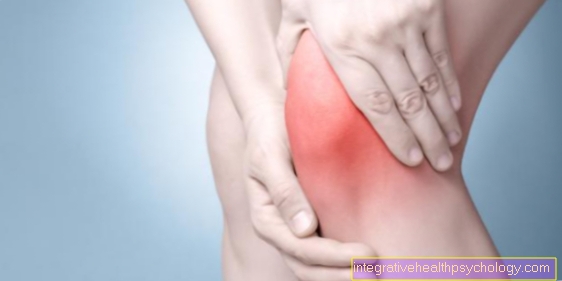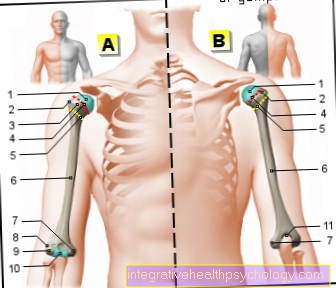Small round muscle
Synonyms
Latin: M.. teres minor
Latin: Teres minor muscle
English: teres minor muscle
Synergists: M. infraspinatus
Antagonists: M. subscapularis, M. pectoralis major, M. latissimus dorsi
- back muscles overview
- to the musculature overview
introduction

The small round muscle (Musculus teres minor) is an elongated, square muscle and runs over the rear part of the shoulder joint capsule.
You can find more detailed information on the subject of back here:
- Back pain
- Back school
- Spine
definition
The small round muscle is part of the rear (so-called. dorsal) Shoulder muscles. It has a close connection to the lower bone muscle (M. infraspinatus) and is partially covered by the delta-shaped muscle.
As part of the rotator cuff, it ensures the stability of the shoulder joint together with the infraspinatus, subscapularis and supraspinatus muscles. The shoulder joint is the joint in the body that has the greatest mobility and at the same time is relatively poorly secured by ligaments.
Insertion / origin / innervation
Approach: Lower facet of the large humeral cusp (Greater humerus tuberosity)
Origin: External surface of the lateral edge of the shoulder blade (Margo laterlis scapulae)
Innervation: Axillary nerve, C 5-6
How is the muscle trained / contracted?

The muscle is contracted when a weight is pulled against the body. The best ways to train the small round muscles are therefore:
- Lat train
- Back insulator
You can find detailed information under back training
function
The function of the small round muscle consists mainly of adduction (lateral approach of the arm to the body), external rotation and retroversion (extension of the arm behind the body). In addition, the small round muscle and the large round muscle form the boundaries of the medial and lateral axillary gaps.
You can find information on all forms of movement here in one Overview of forms of movement
course
Approach: large protruding bone of the Upper arm (Greater tuberosity of the humerus)
Origin: lateral edge of the Scapula (Margo lateralis of the scapula)
Innervation: Axillary nerve (C4-6) from the Brachial plexus



